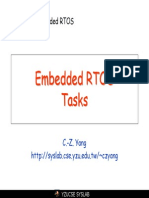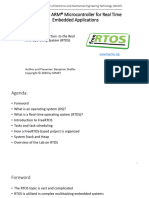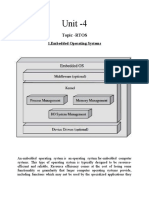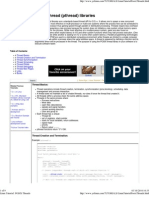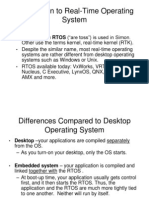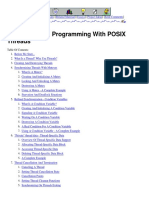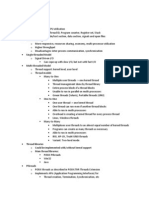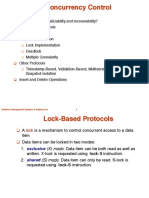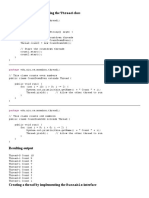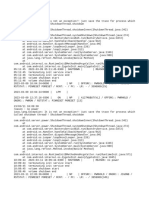0% found this document useful (0 votes)
31 views8 pagesMastering Threading in Embedded Systems-1
Threading in embedded systems enhances concurrency, responsiveness, and resource sharing, making it essential for efficient task management. Implementation can be done using FreeRTOS or POSIX Pthreads, with best practices emphasizing minimized context switching and optimized memory usage. Proper threading ensures effective execution of embedded applications in resource-constrained environments.
Uploaded by
Dinosor gonCopyright
© © All Rights Reserved
We take content rights seriously. If you suspect this is your content, claim it here.
Available Formats
Download as PDF, TXT or read online on Scribd
0% found this document useful (0 votes)
31 views8 pagesMastering Threading in Embedded Systems-1
Threading in embedded systems enhances concurrency, responsiveness, and resource sharing, making it essential for efficient task management. Implementation can be done using FreeRTOS or POSIX Pthreads, with best practices emphasizing minimized context switching and optimized memory usage. Proper threading ensures effective execution of embedded applications in resource-constrained environments.
Uploaded by
Dinosor gonCopyright
© © All Rights Reserved
We take content rights seriously. If you suspect this is your content, claim it here.
Available Formats
Download as PDF, TXT or read online on Scribd
/ 8










